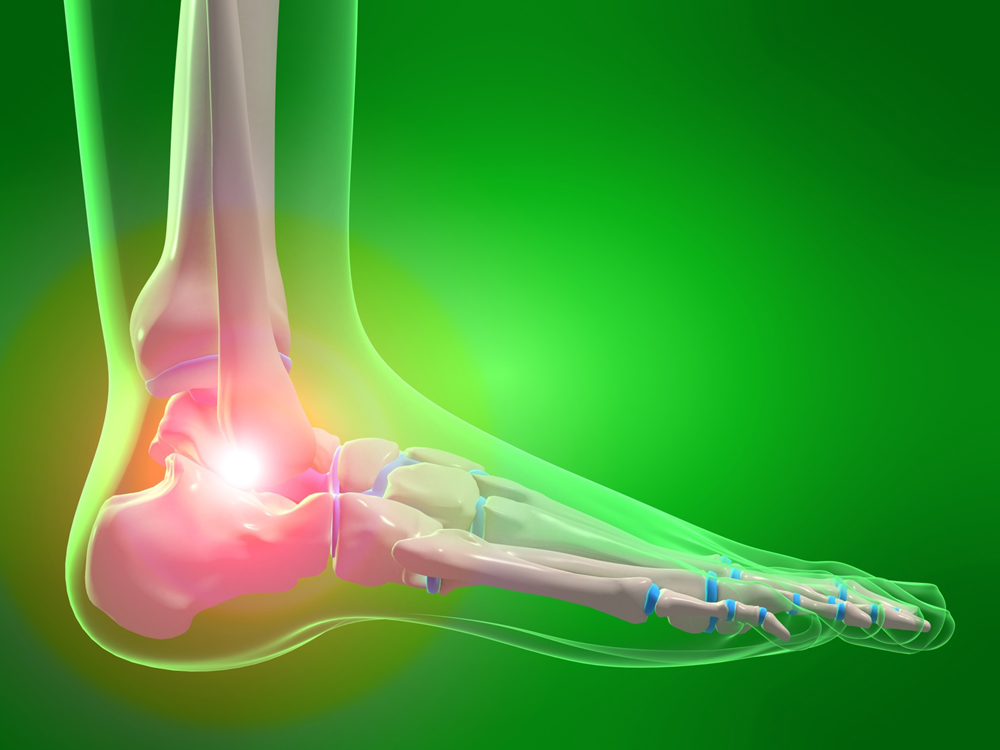What is Posterior Ankle Impingement Syndrome?

As it is common knowledge, the human body is made of of many moving parts. Connected by tendons and ligaments to help us move; cartilage surrounding the bones for added strength & protection. At any given moment, the wrong movement could result in a lifetime of unpleasant tingling or pains from joints. Though bones and joints are designed to withstand movements, the excessive repeated pressure could be posterior ankle impingement.
What is Posterior Impingement Syndrome?
Posterior ankle impingement syndrome is the result of repetitive and forceful flexion of the foot, ankle, and toes. Also commonly referred to as ‘plantar flexion injury’ as the foot is “flexed” with the toes pointing at a downward angle. The repeated motion of this causes the ankle bone, posterior ankle ligaments, and surrounding soft tissue to become compressed and inflamed. The repeated process of this position over time can cause discomfort.
Fortunately, you can obtain treatment for posterior ankle impingement syndrome at your local podiatrist’s office.
Symptoms of Posterior Impingement Syndrome
Posterior ankle pain is commonly found in athletes like soccer players, gymnasts, and dancers as these sports require constant or repetitive plantar flexion. Have you recently experienced an ankle sprain without completing rehabilitation therapy and are now experiencing pain with flexion? You are likely suffering from a posterior ankle impingement injury.
Majority of people who suffer, report posterior ankle impingement syndrome in their ankles. Other symptoms of ankle impingement include:
- Pain upon standing
- Weakness, stiffness, and swelling
- The inability to fully point your toes
- A dull ache after physical exertion at the back or rear side of the ankle
How is Posterior Ankle Impingement Syndrome Diagnosed?
An orthopedic physician or podiatrist who specializes in ankle & footcare is highly recommended for a proper diagnosis. Podiatrists provide prevention plans for the bones, joints, ligaments, and muscles. Typically, an orthopedist or podiatrist will begin by inquiring about a detailed medical history. This may include a brief history of periods of intense physical demand on body and or family history. If none of these apply. then a physical exam is performed to evaluate the location of the injury. The results dictate the treatment plan as it determines the severity of flexibility and strength of the affected area. When warranted, your doctor may order imaging like an x-ray or MRI to get a better view of the ankle and surrounding soft tissue to determine a treatment plan.
Treating Posterior Ankle Impingement Syndrome
Have you been diagnosed with posterior ankle impingement syndrome? Posterior ankle impingement treatment is dependent upon the extent and severity of the injury and may include:
- Surgical intervention: In cases of persistent posterior ankle impingement, like in professional athletes, dancers, and gymnasts, an orthopedic surgeon will remove bone spurs and swollen soft tissue as well as smooth the affected cartilage and bone. Posterior ankle impingement surgery recovery can take up to 12 weeks for complete healing.
- Physical therapy: Physical therapy following an ankle impingement injury involves plenty of rest followed by a series of exercises designed to strengthen the ankle and improve the range of motion in the joint.
- Medications: Prescription medications may be provided to reduce pain, inflammation, and swelling of the affected area in addition to the need for ample rest.
- Injections: Steroid injections are administered under a physician’s order to reduce inflammation in the affected ankle as well as injections of plasma to promote healing.
Contact a Podiatrist or Orthopedist in Phoenix!
If you are experiencing pain, stiffness, or swelling in your ankle following a flexion injury, consult a trusted Phoenix podiatrist today to determine the best treatment plan available.
